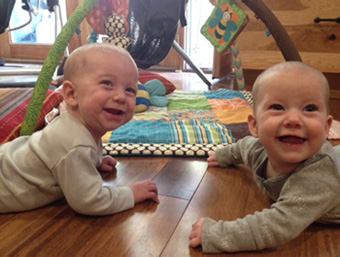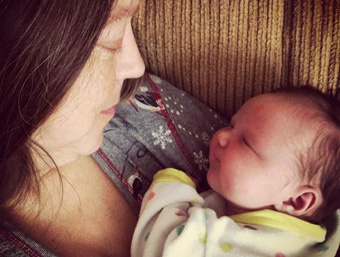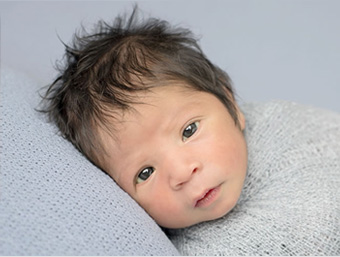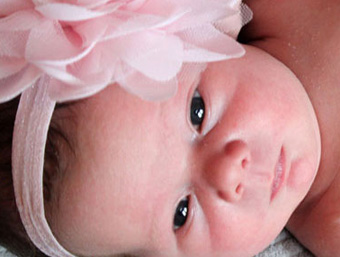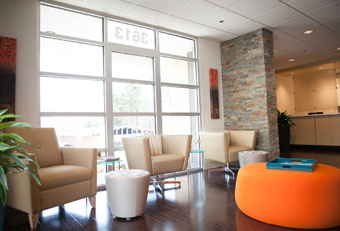Notice of Study Update
The following is Dr. Berger’s report from 2009. The corresponding page of an updated report can be seen at:
Tubal Reversal Pregnancy Study Report 2011 – Fallopian Tube Lengths
Pregnancy Rates By Fallopian Tube Lengths
The fallopian tube lengths remaining after a tubal ligation procedure are important determinants of the chances of getting pregnant after tubal reversal surgery. (Normal fallopian tube length before a tubal ligation is approximately 10 cm or 4 inches.)
Tubal segment lengths are measured routinely during surgery at Chapel Hill Tubal Reversal Center The average length of the two fallopian tubes after repair was correlated with the likelihood of pregnancy after tubal reversal (Table 6). Women with longer tubal lengths had higher pregnancy rates than women with shorter lengths following tubal reversal. Women with tubal lengths of 7.5 cm or longer had a pregnancy rate of 77%. The pregnancy rate declined as tubal length decreased, but even women with the shortest tubes (less than 2.5 cm) became pregnant (38%). Although previously unreported in the medical literature, it became apparent during this study that a repaired fallopian tube of any length can result in pregnancy. Based on reports by women with only 1 fallopian tube, we now know that tubal lengths as short as 1 cm can result in a normal pregnancy.
| Length | Total Women | Pregnant (No.) | Pregnant (%) |
| 7.5+ | 469 | 362 | 77% |
| 5.0-7.4 | 2826 | 1966 | 70% |
| 2.5-4.9 | 1602 | 920 | 57% |
| <2.5 | 112 | 42 | 38% |
Tubal Ligation Method And Tubal Length
When tubal ligation method and average tubal lengths are taken into account simultaneously, it becomes clear that the amount of fallopian tube remaining after a sterilization procedure is the more important factor predicting the chances of getting pregnant after tubal reversal surgery (Table 7). This makes sense, since the less damage that occurs to the fallopian tube during a sterilization procedure, the more remains to be able to function normally once the tube has been surgically repaired.
| Method | 7.5+ | 5.0-7.4 | 2.5-4.9 | <2.5 |
| Clip | 137/168 (82%) | 155/222 (70%) | 7/11 (64%) | – |
| Ring | 86/118 (73%) | 493/672 (73%) | 35/62 (57%) | – |
| Coagulation | 49/62 (79%) | 516/774 (69%) | 448/706 (64%) | 27/76 (36%) |
| Ligation/Resection | 72/92 (78%) | 723/1060 (68%) | 395/736 (54%) | 12/26 (46%) |
Tubal Reversal Pregnancy Study 2009
Table Of Contents:
- Overview
- Study Method
- Patient Population – US States
- Patient Population – Age and Tubal Ligation Procedures
- Pregnancy Rates by Age and Method
- Tubal Reversal Pregnancy Rates by Tubal Lengths (this page)
- Pregnancy Outcomes
- Tubal Reversal vs. IVF
- About Pregnancy Statistics

